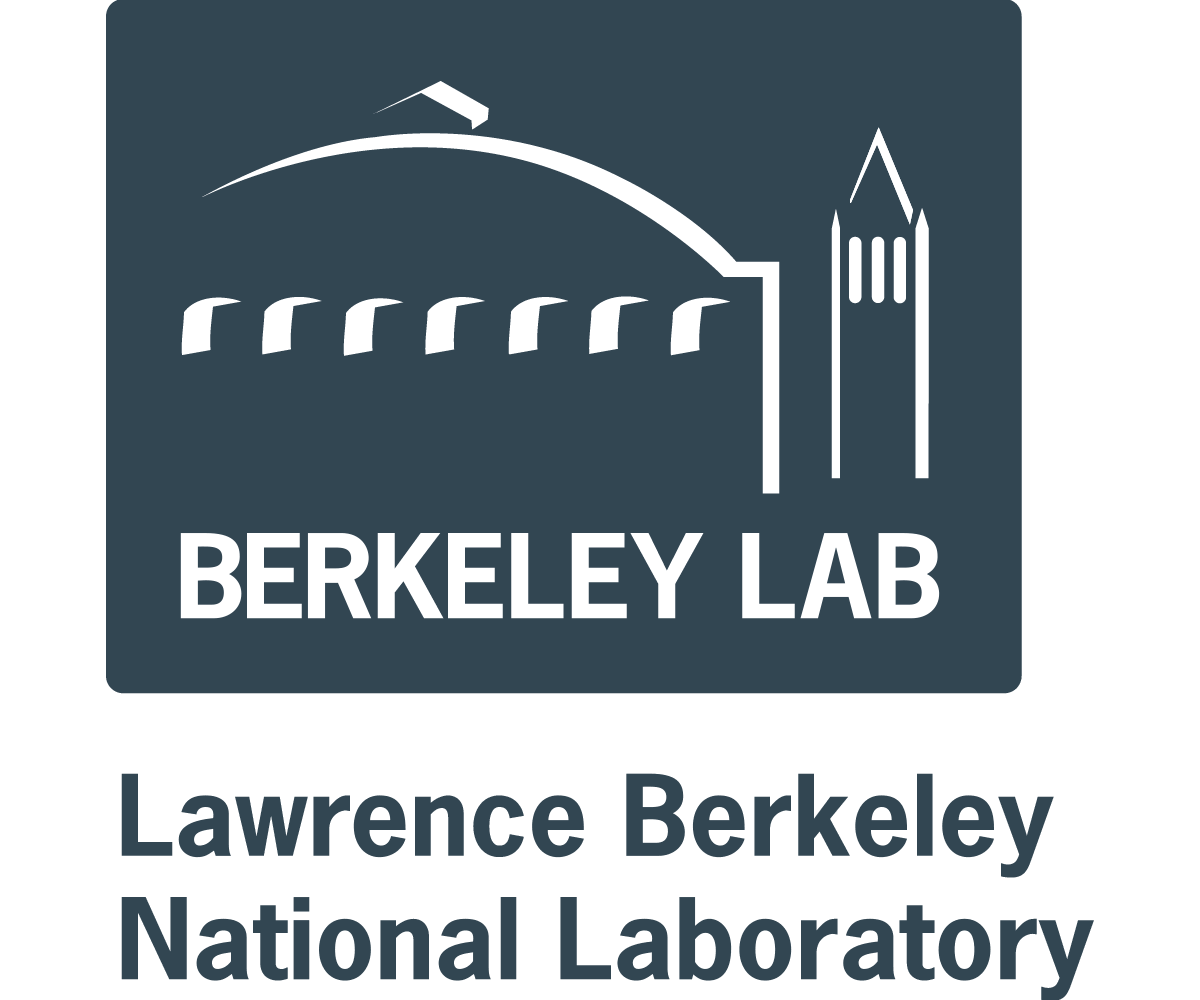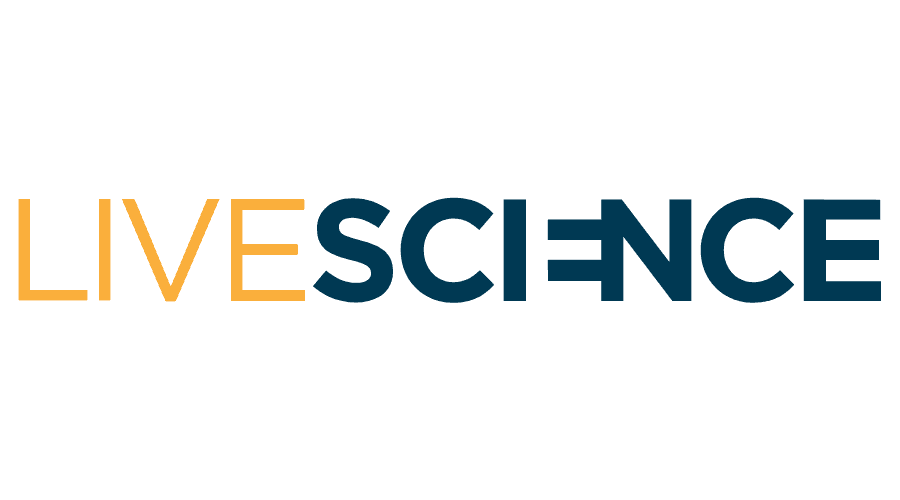Quantum News Briefs: April 22, 2024: News From Lawrence Berkeley National Laboratory • USC • and MORE!

Quantum News Briefs: Press Release Summaries below:
Lawrence Berkeley National Laboratory’s Collaborative Research Enhances Quantum Visualization and Data Analysis

Despite quantum computing’s current limitations in accuracy and scale, recent papers from Berkeley Lab illustrate significant progress in data encoding and visualization using noisy intermediate-scale quantum (NISQ) devices. These studies introduce new techniques, QCrank and QBArt, which enable efficient data storage and analysis on quantum platforms, potentially outperforming traditional high-performance computing systems. This research advances the understanding of quantum computing and showcases the importance of collaboration among experts from diverse institutions and fields. The efforts are part of a broader initiative to integrate quantum information science and technology (QIST) into educational curricula and develop a skilled quantum workforce, highlighting the crucial role of academic and research institutions in advancing the quantum computing frontier.
USC Team Aims to Mass-Produce Quantum Materials with AI and Supercomputers

Advancements in quantum comptuing could vastly improve tasks ranging from optimizing logistics to enhancing medical triage and powering sophisticated AI for scientific research. However, a significant hurdle remains in the scalable manufacturing of quantum chips, unlike the mass production of traditional silicon chips. At the University of Southern California‘s Viterbi School of Engineering, Professor Aiichiro Nakano and his team, supported by a Department of Energy INCITE award, are pioneering AI and supercomputers to simulate and optimize the production of these quantum materials. This research aims to establish a domestic supply chain for quantum chips and innovate in creating new materials essential for energy-efficient quantum computing, contributing crucially to the sustainability of high-tech industries.
In Other News: LiveScience article: “Future quantum computers could use bizarre ‘error-free’ qubit design built on forgotten research from the 1990s”

According to a recent LiveScience article, researchers from various institutes are developing a novel type of quantum bit, or qubit, utilizing electrons floating on liquid helium, potentially overcoming major obstacles in quantum computing. Traditional qubits, which can exist simultaneously in multiple states due to quantum superposition, are typically produced by cooling superconducting metals to near absolute zero, a process prone to introducing material impurities and inconsistencies. However, a new study in the Physical Review Applied journal suggests that suspending electrons in a vacuum above liquid helium avoids these defects, promising more reliable and scalable quantum computing. This innovative approach could markedly reduce the error rates and number of qubits needed to achieve quantum supremacy, advancing fields like drug discovery and climate change modeling. The researchers plan to validate their findings with practical experiments further, potentially paving the way for more efficient quantum computers.
In Other News: Pitchbook article: “These 10 quantum computing companies have pulled in the most VC cash”
![]()
Quantum computing is making significant strides toward commercial viability, attracting substantial investor interest. According to PitchBook data, the sector saw an all-time high in funding activity in 2023, with 92 deals amounting to $1 billion, despite a general downturn in other tech sectors. This trend underscores growing confidence in the transformative potential of quantum computing to expedite data processing and enhance artificial intelligence capabilities. Quantinuum, a key player formed from the merger of Cambridge Quantum and Honeywell’s quantum computing division, secured a notable $300 million investment from JP Morgan, valuing the company at $5 billion pre-funding. This heightened investment activity reflects investors’ bullish outlook despite the technology’s current distance from consumer use.


















